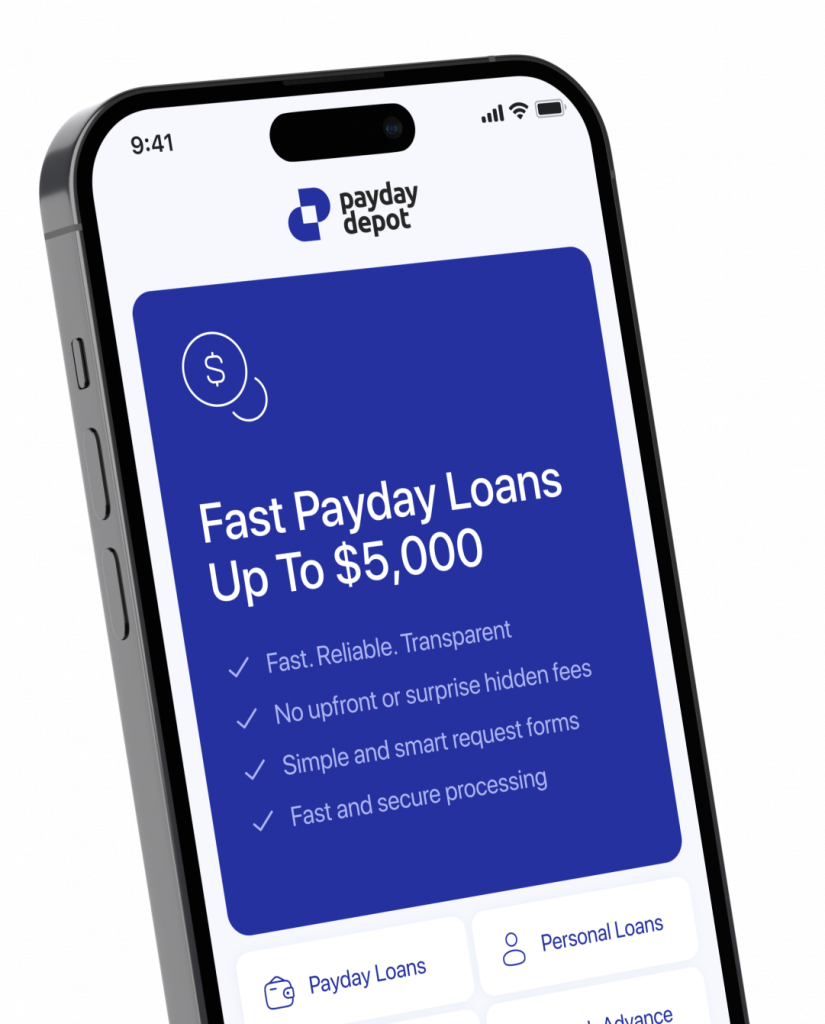Unsecured Debt
The contractual relationship between the borrower and the lender contains certain risks. The borrower may become insolvent or simply refuse to repay them. To protect themselves from such situations, lenders prefer to take collateral or require a guarantor who would repay the debt in the event of the borrower’s insolvency. However, there are also unsecured loans provided to borrowers solely on their obligation to repay the money.
Features of Unsecured Debts
The perayment of an unsecured debt does not involve transferring the pledged property to the creditor or collecting the debt from the guarantor. How do creditors solve the problem of debt repayment in this case? To do this, they use protective mechanisms.
High Interest Rates
Such debts have increased risks for creditors, and therefore, they compensate for these risks through high interest rates. Borrowers, in this case, have a choice:
- Borrow money by mortgaging property but paying a lower interest rate;
- Choose unsecured debt but at higher interest rates.
Lower Loan Amount
If you want to buy an apartment or car with an unsecured loan, you are unlikely to find a lender willing to provide that amount of money without collateral. To protect themselves from large losses, lenders offer only small amounts of money without collateral. In such cases, failure to repay debt will not cause them severe harm.
Reputational Losses
The lender does not have a guaranteed repayment mechanism if the borrower is unable or unwilling to repay the money. However, they can worsen the borrower’s prospects for obtaining further loans by reporting the debt as defaulted to a credit rating agency. This possibility is an important deterrent for those borrowers who do not want to return the money.
Other Options a Lender Can Use
To collect a debt from a borrower, a creditor may file a lawsuit. However, this is not always a good option for them, since unsecured loans are usually small, and legal costs, on the contrary, are significant.
Therefore, lenders prefer another option. They assign the debt to collection companies. In this case, they partially recover their money by selling the debts of negligent borrowers to collection companies.
Another alternative is to apply to an arbitration company for debt resolution. However, this option will work only if an arbitration clause is included in the loan agreement.
Examples of Unsecured Debt
Unsecured debts can refer not only to loans but also to services provided to the consumer without upfront payment. For example, when a hospital performs a medical procedure on a patient and then issues a bill, it may be considered an unsecured debt. The same applies to the supply of utilities such as gas, electricity, and water, which are paid for by consumers after they are consumed.
In lending, unsecured debts often occur with payday loans. Since they are small and often required in emergencies, lenders do not demand collateral for them. Also, opening a line of credit on a credit card at a bank is an unsecured debt. The bank does not require collateral from its customers to issue them credit cards.
